Special Report
Surprising Good News and Silver Linings Since the Pandemic
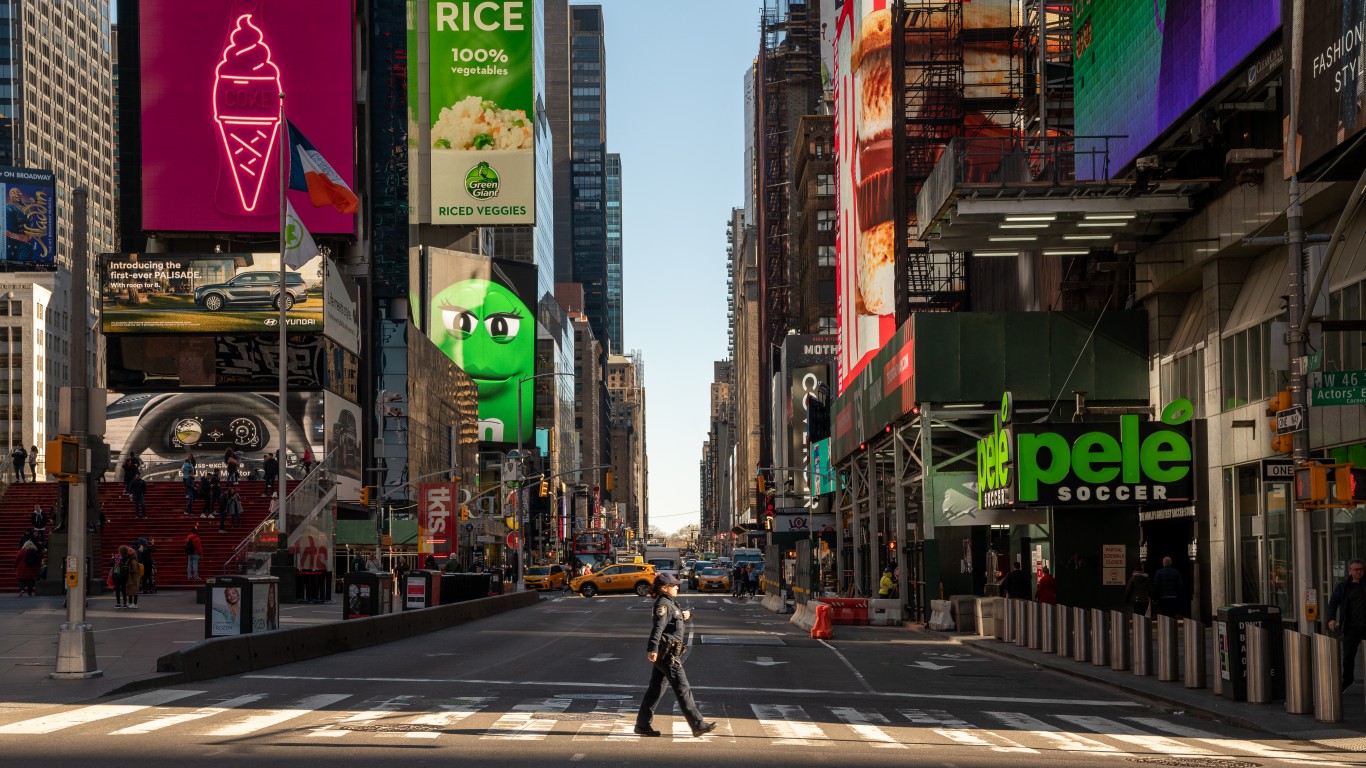
Published:

The coronavirus pandemic has no doubt raised many fears and caused much uncertainty, but it has also given people many reasons for optimism. Although news about spikes in new COVID-19 cases may be somewhat discouraging, there are certainly good trends emerging from the epidemic.
24/7 Tempo reviewed dozens of media sources to find examples of positive news and silver linings in the wake of the coronavirus pandemic. We excluded ambivalent examples such as less crowded restaurants as they don’t benefit all and are not actually good news for owners and staff.
As the world is tiptoeing back to life, people are finding that social distancing, online schooling, and working from home may be here to stay. While the virus has closed hundreds of businesses all over the U.S. — here are 21 industries being devastated by the coronavirus — it has helped other businesses thrive and it has shown alternatives to the old normal.
Click here for the good news and silver linings since the pandemic.

1. Lower air pollution
The decrease in traffic and commercial and industrial activity due to the lockdown most of the world has been under in recent months because of the COVID-19 pandemic has caused a “dramatic” decrease in pollution, albeit temporary, according to NASA. The air in major metropolitans all over the world has dramatically improved, including cities in China and in Los Angeles that are well-known for their polluted air. The levels of harmful microscopic particulate matter known as PM 2.5, which is considered very dangerous because it can get into the lungs and cause serious health problems, have declined in major cities by as much as 60%, according to data from IQAir, a global air quality technology company.
While social distancing and closures of nonessential businesses reduced CO2 emissions, a major driver of climate change, the reduction was enough to slow down their effects on global warming, according to a study published in the journal Nature Climate Change. Global CO2 emissions are estimated to return to normal levels by the end of the year, barely affecting the considerable growth in global emissions being released in the atmosphere.
[in-text-ad]
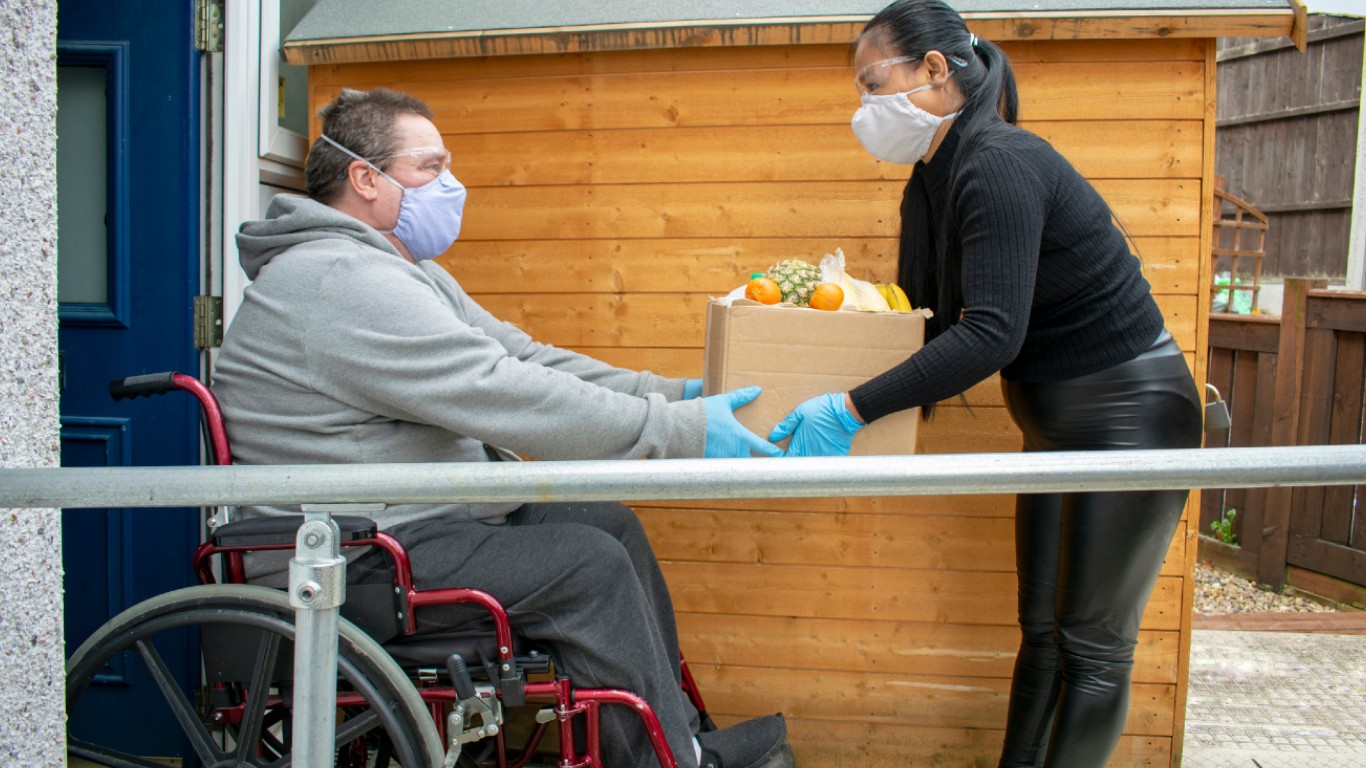
2. Local communities working together
The pandemic has been testing people all over the world as they have faced social isolation, financial difficulties, and much more. By and large, however, many were able to overcome these difficulties by doing good and coming together. There have been many examples of people volunteering. The examples are too many to list, and here are but a few.
People in communities nationwide organized to pick up shopping or deliver medicine to the most vulnerable. In some districts, bus drivers have been delivering lunches to kids from closed schools. Many people began making masks and donating them to nearby hospitals, while others have been preparing free lunches for the elderly. Sometimes, coming together meant neighbors dancing or working out together — from just outside the house — or listening to a concert put together by other neighbors. And sometimes it was putting giant teddy bears along emptied streets (in Paris) to make people smile.
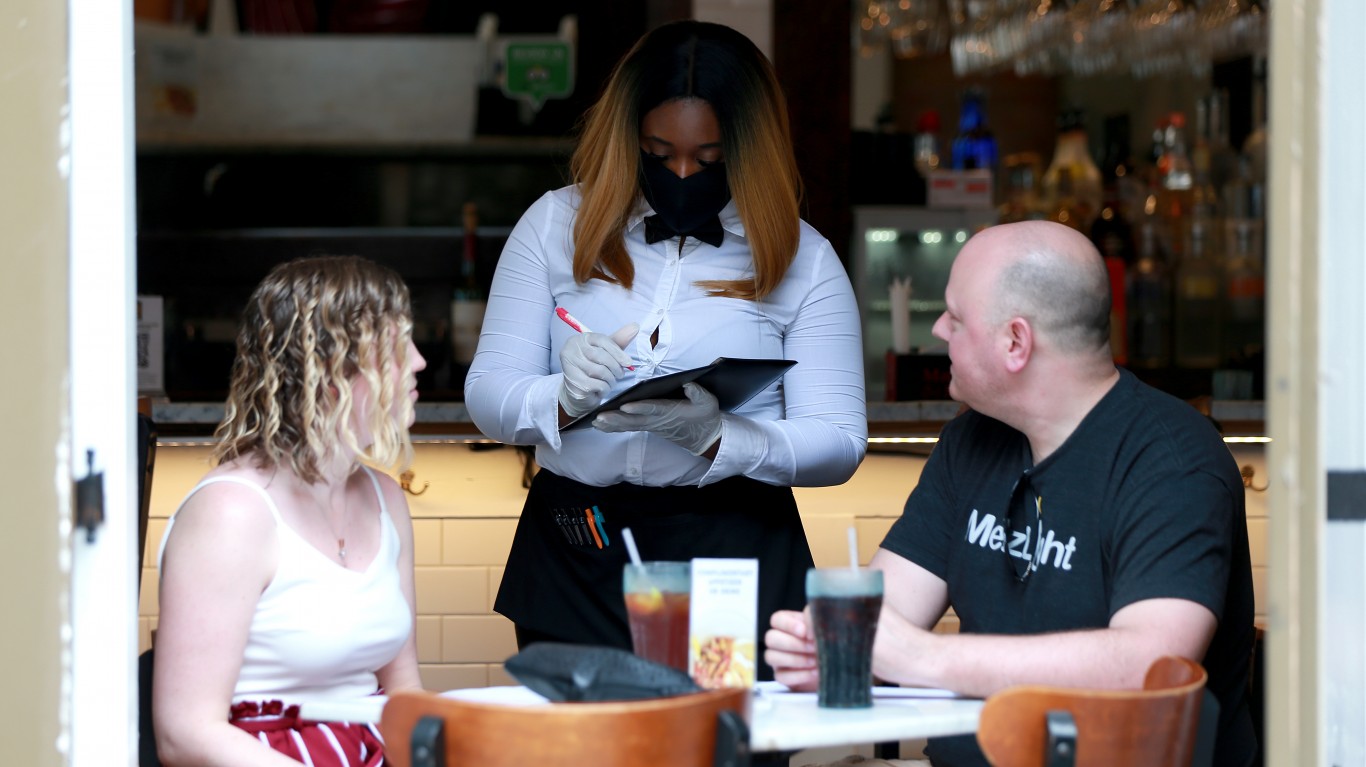
3. New kinds of restaurant jobs
The restaurant trade has been particularly hard-hit by the onset of COVID-19. The food and drinks industry won’t be the same. Fewer customers, tables located 6 feet or more apart, and wearing masks may be the new normal for the foreseeable future. What else may become normal are several job positions not seen before at eateries. They include temperature takers, sanitation specialists who will be wiping down dining room surfaces, and safety stewards, who will make sure the restaurant follows social distancing rules and sanitation practices.
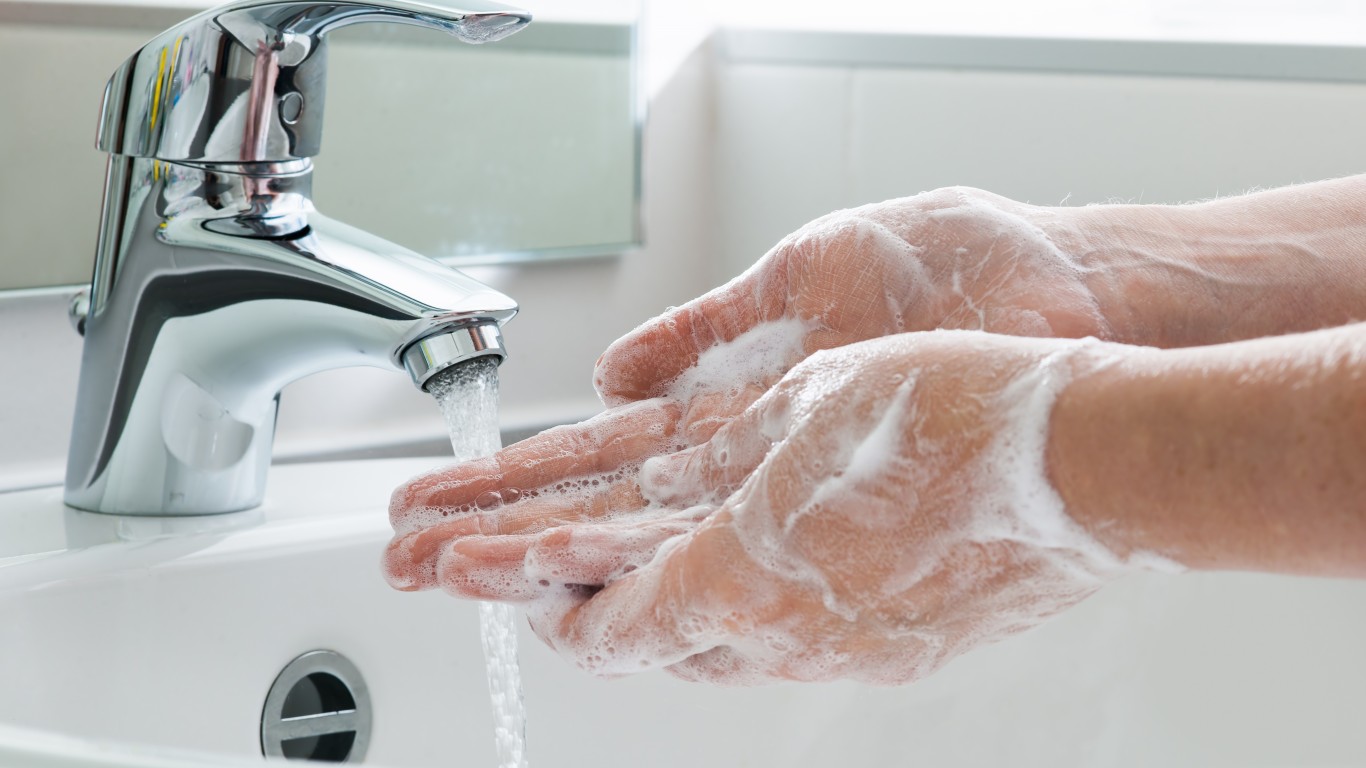
4. Paying more attention to basic hygiene
Before the coronavirus outbreak, people were perhaps unaware of how often they were touching their faces, potentially letting germs and harmful bacteria enter the body and making you sick. People are now paying more attention to basic hygiene — washing hands frequently and more thoroughly, not touching the eyes and nose, cleaning groceries, and disinfecting high-touch surfaces around the house.
[in-text-ad-2]

5. Cooking at home
People who cook at home tend to have healthier diets because they tend to use healthier ingredients to make their meals and also tend to consume fewer calories, sodium, added sugars, and fat. And a healthier diet can lower the risk of becoming obese or developing type 2 diabetes. As restaurants all over the country were forced to cease offering dining-in services, the coronavirus pandemic has turned many people into home cooks as almost every meal has been prepared at home.
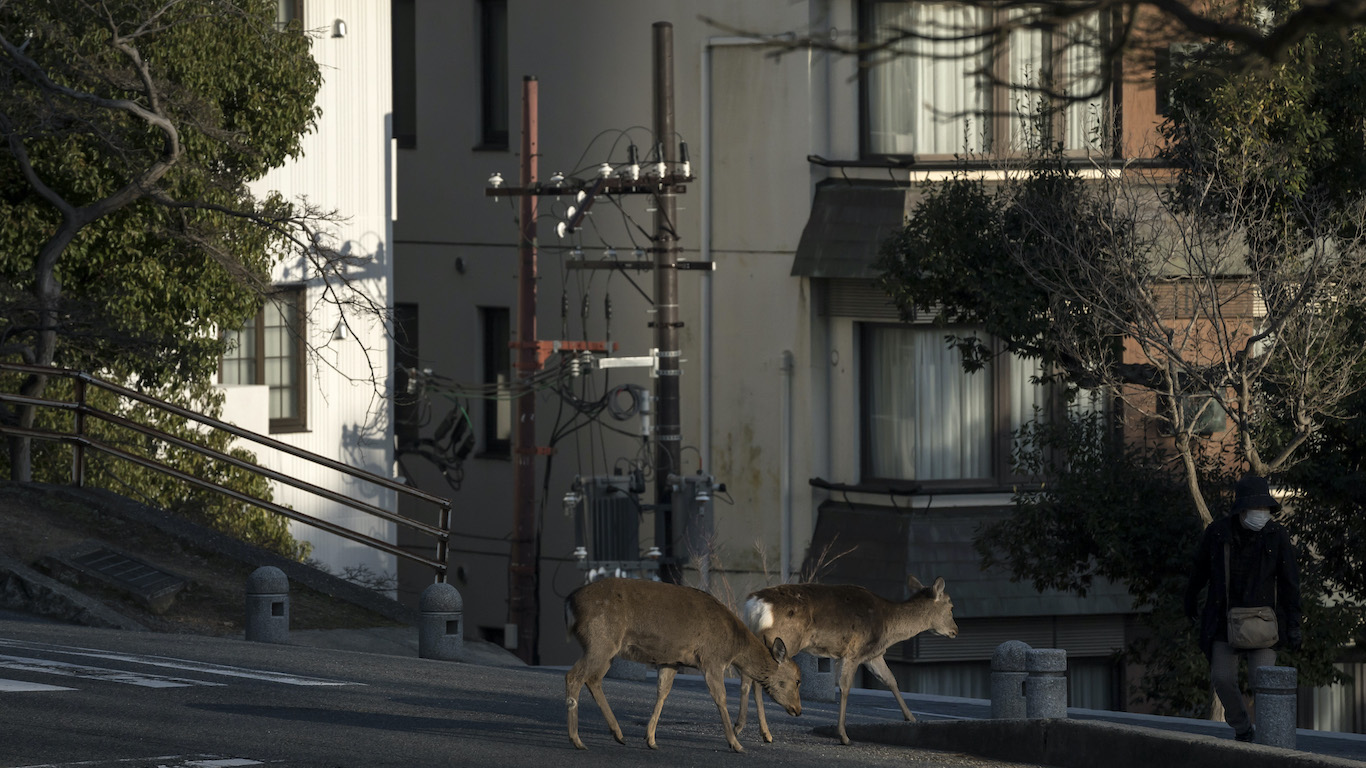
6. Wild animals thriving
As people sheltered in place around the world to help stop the spread of the coronavirus, reports have surfaced about animals appearing in areas where they were not usually seen. Sea lions have been seen sunning themselves in parking lots in Argentina; jaguars prowling city streets in Mexico’s Yucatan Peninsula; and goats running roughshod in a Welsh village.
The International Bio-Logging Society is conducting a global study using data from camera traps and other tracking devices to see if wild animals really are shifting their ranges during the global lockdown. The results may not be available for a couple of years.
[in-text-ad]
7. Cleaner mass transit
The coronavirus pandemic has kept people at home for months. Mass transit ridership has significantly declined — in some places by as much as 95%. In New York City, which has the largest transit systems in North America, ridership has dropped by 60% on the subways and by 90% on commuter railways, according to the Metropolitan Transportation Authority. Once people start using trains and buses again, they will see them much cleaner. Transit agencies all over the country have instituted mandatory frequent cleaning that include disinfecting high-touch areas like handholds, turnstiles, ticket vending machines to limit the spread of the virus.

8. Working remotely no longer frowned upon
Before the COVID-19 pandemic forced offices to close down, sending employees to work from home, companies had started ending remote work partially because employers didn’t think employees were as productive at home as at the office. Even some large organizations, including Yahoo! when CEO Marissa Mayer took the helm, pulled their formerly flexible workforces back into the office.
Though offices are opening up in some states, people are still strongly encouraged to work remotely. Some big companies are even considering permanently switching to telework, while others simply will allow people to work remotely if that’s what they prefer.

9. Cleaning services are booming
People are thinking about cleaning their homes a lot more often than before the pandemic. There has been an increased demand for cleaning services. Some companies have even hired more workers to meet the demand. A popular service requested is deep cleaning, which usually involves cleaning the windows from the inside and the outside, cleaning and disinfecting kitchen appliances including fridge, microwave, and garbage disposal, and clean light fixtures.
[in-text-ad-2]

10. Essential workers get a raise
The coronavirus pandemic has highlighted who the real essential workers are — and in some cases, such as grocery store clerks, orderlies, and food service employees, they are not very well paid. Canada is already planning to spend more than $3 billion and raise wages of essential workers making less than about $1,800 a month. The U.S. Congress is talking about increasing the minimum wage for essential workers as well. However, lawmakers have so far failed to pass a bill for a hazard pay raise.
11. Game makers and sellers are thriving
As most Americans were being urged or ordered to shelter in place, jigsaw puzzle sales skyrocketed. One company, Ravensburger, the world’s largest maker of puzzles, reported a 370% increase in year-over-year sales in the last two weeks of March. Last year, the company reportedly sold puzzles at a rate of seven games per minute in North America. This year, the average rate is just shy of 20 puzzles per minute.
Video game sales have also soared. Consumer spending on video games jumped 65% in mid-March from the same period last year, according to Andrew Little, research analyst at Global X, who spoke to CNBC in early April.
[in-text-ad]

12. Meal prep delivery services are in demand
With people being encouraged to limit their visits and time at the grocery store, and with restaurants open only for delivery and takeout and taking the fun out of dining out, meal prep businesses started thriving. They are somewhat of a middle ground between takeout food and cooking from scratch. Meal kits offer variety and promise fresh ingredients while also limiting food waste.

13. Colleges wave SATs
High school students spend most of their last two academic years preparing for and worrying about the SATs. After the coronavirus forced states to close schools for the rest of the academic year, many colleges, including Ivy League universities, have waived their requirements for SAT and ACT, another type of admissions test, for 2021 applicants. The SAT and ACT have been criticized over the last few years with some education experts saying the tests give richer students an advantage because their parents can afford expensive prep courses and coaches.

14. Free internet to low-income families
The coronavirus pandemic has moved classes online, but millions of American students — about 6% of children between ages 3 and 18 — don’t have internet access at home, according to the Department of Education. The digital divide disproportionately affects students of color and those from low-income families. Some internet providers are offering free service for three months, while others are waiving late payment fees and keeping services connected even if the bills are unpaid.
[in-text-ad-2]

15. People to bike more to work
As gyms have closed, people have begun walking and biking more. To ensure social distancing, cities have expanded sidewalks. Some big cities have even closed off streets so people can bike and exercise on them. As more people are cycling, demand for bikes has increased dramatically, and some shops have sold out of cheaper and entry-level bikes. Cities expect more people to stick to biking to work even after they reopen. Biking is an aerobic exercise, and as such it has cardiovascular benefits. It also builds muscle and improves coordination.

16. Telehealth is surging
For months, medical offices were closed as people were advised to avoid going out unless absolutely necessary. So medical appointments moved online. Virtual visits have soared more than 1,000% since late January, according to AARP. Health experts think telehealth may be here to stay as people realize it’s more convenient in some cases as patients don’t have to wait, commute to the doctor’s office, and family members can be present.
[in-text-ad]

17. Internet in homes will improve
As people have stayed home, they have relied on the internet to keep them connected — to friends, the outside world, and news. Much of everyday life has moved online as working from home, virtual happy hours, and online classes have become the norm. As internet usage goes up, providers have to make sure there is enough capacity in their networks. The Federal Communications Commission wants to augment WiFi capacity, allowing different devices to operate in the 6 GHz spectrum.

18. Reduced underwater noise levels
Land animals are not the only ones getting a break from people while humans are in lockdown. Whales and marine wildlife are living in quieter times as reduced maritime transportation and other maritime activities have reduced underwater noise pollution. Noise dropped by about 5 decibels between Jan. 1, 2020 and April 1, 2020 in the waters around British Columbia, Canada, according to seabed observatories run by Ocean Networks Canada near the port of Vancouver. Low noise levels are linked to higher reproductive success, less migration, and lower mortality rates among maritime life.

19. Investments towards a sustainable energy
As European countries are looking to support and boost their economies by ramping up stimulus packages to create jobs, the European Commission plans to invest hundreds of billions of euros in green development to help European Union economies recover from the coronavirus crisis. Some of the money will go to renewable energy projects and companies looking to go green.
[in-text-ad-2]

20. Movies and shows released earlier online
As Americans have been confined to their homes in the wake of the coronavirus pandemic, TV viewing and video streaming have predictably gone up. Increases vary by platform. HBO NOW reported a 40% increase in mid-March compared with its four-week average. Roku has also reported a 49% surge in streaming on its platform in the first quarter. New movies, including “Just Mercy,” “Bad Boys For Life,” “Trolls: World Tour,” and “Capone” were, or will be, released online earlier than planned.
If you’re one of the over 4 Million Americans set to retire this year, you may want to pay attention.
Finding a financial advisor who puts your interest first can be the difference between a rich retirement and barely getting by, and today it’s easier than ever. SmartAsset’s free tool matches you with up to three fiduciary financial advisors that serve your area in minutes. Each advisor has been carefully vetted, and must act in your best interests. Start your search now.
Don’t waste another minute; get started right here and help your retirement dreams become a retirement reality.
Thank you for reading! Have some feedback for us?
Contact the 24/7 Wall St. editorial team.